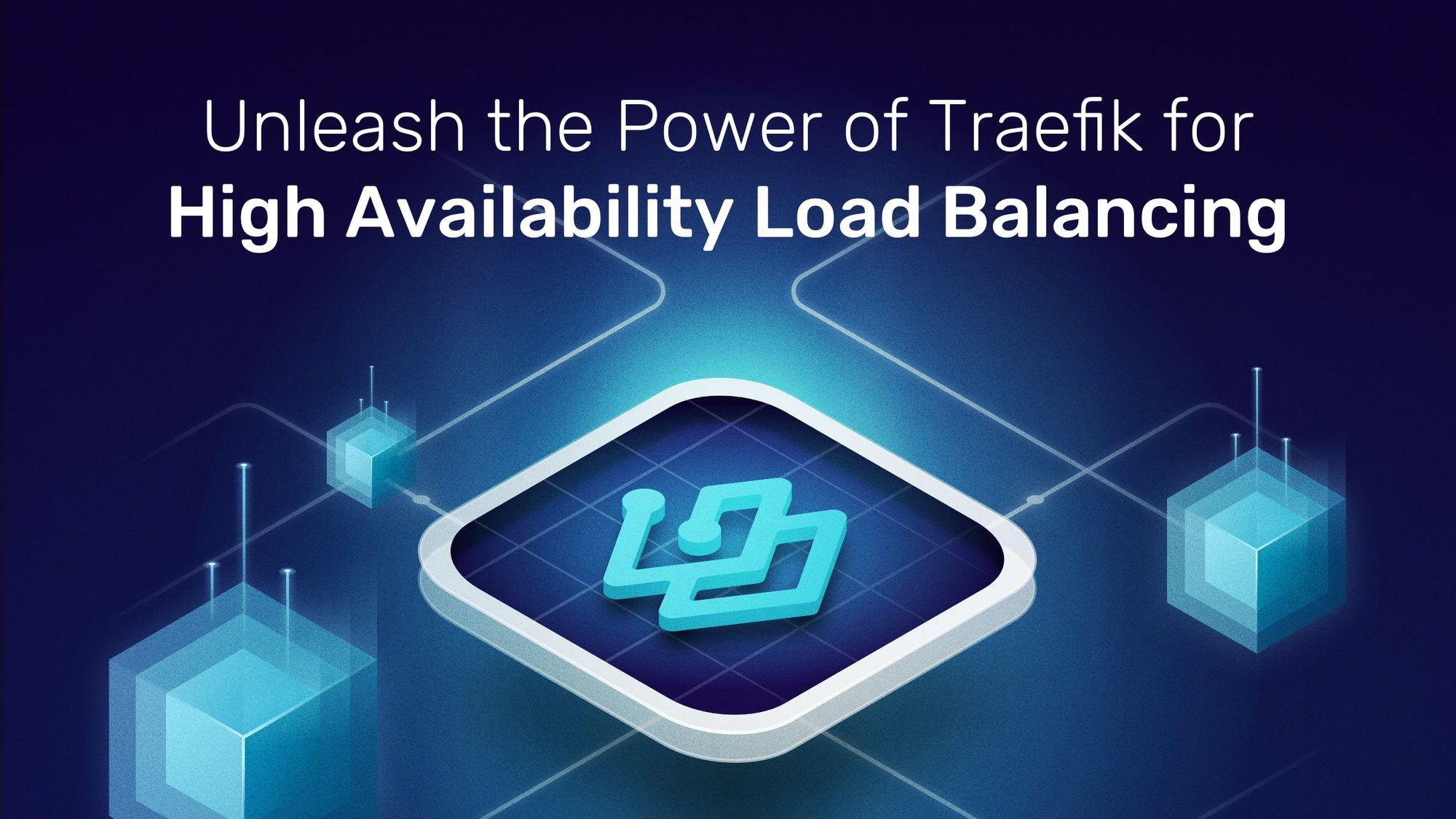Unleash the Power of Traefik for High Availability Load Balancing

Every Traefik user knows that it makes the job of application networking easier. At Traefik Labs, we like to say Traefik “makes networking boring.” And yet, because Traefik is so easy to use, it’s also easy to overlook how powerful it is.
Traefik has earned a strong following among organizations that develop cloud-native applications, due to how effortlessly it integrates with technologies like Docker and Kubernetes. But the same capabilities that allow it to network containers can also help solve bigger networking challenges.
One use case for which there is growing demand is high availability (HA). With the proliferation of the managed SaaS application delivery model, ensuring maximum uptime and consistent quality of service is more important than ever. Achieving this for a global market remains a challenge.
Home-Grown HA
For organizations that want to achieve true cloud-scale high availability, the solution is often to turn to proprietary cloud-based solutions or to deploy dedicated hardware load balancers. Yet these approaches don't mesh well with modern, cloud-native application development methods. Not only does it increase costs and time-to-delivery, but it takes network configuration out of the hands of developers, making it harder to employ practices like agile development, DevOps, and site reliability engineering (SRE).
But what if there was a different approach? What if it was possible to achieve true high availability using only Traefik Proxy, Traefik Enterprise, and a few other, easy-to-deploy open-source networking tools? We recently published a new Expert Guide that explains how to do just that.
In the paper, you’ll explore three scenarios designed to increase total traffic capacity and uptime without resorting to complex or proprietary systems:
Case 1: Active/Passive Nodes
In this first case, you’ll learn how to set up a two-node cluster of Traefik instances, where one of them is active at any given time. Should the active instance fail, the other instance automatically takes over.
Case 2: Kubernetes Ingress
Building on the first case, you’ll see how to use Traefik Enterprise as a multi-node Kubernetes Ingress controller, complete with SSL termination and a rate-limiting feature to prevent network congestion from excessive requests.
Case 3: Cloud-Scale Load Balancing
Finally, you’ll use Traefik Enterprise and additional open source tools to build a truly enterprise-grade network environment that’s capable of scaling to handle massive amounts of requests.
Sounds interesting, how can I learn more?
If any of this sounds like an itch you’ve been eager to scratch within your own organization, download the paper and dive right in. You’ll receive a link to the Expert Guide, which includes instructions on how to download the accompanying configuration files for the walk-through.Also, if you want to begin building hands-on experience with Traefik Enterprise, there are two great ways to explore the high availability features it has to offer. The first is to contact Traefik Labs and request a guided demo that will help you understand how Traefik Enterprise can benefit your organization. Or, if you’re ready to roll up your sleeves, sign up for a 30-day free trial and see for yourself how easy it is to get started.



